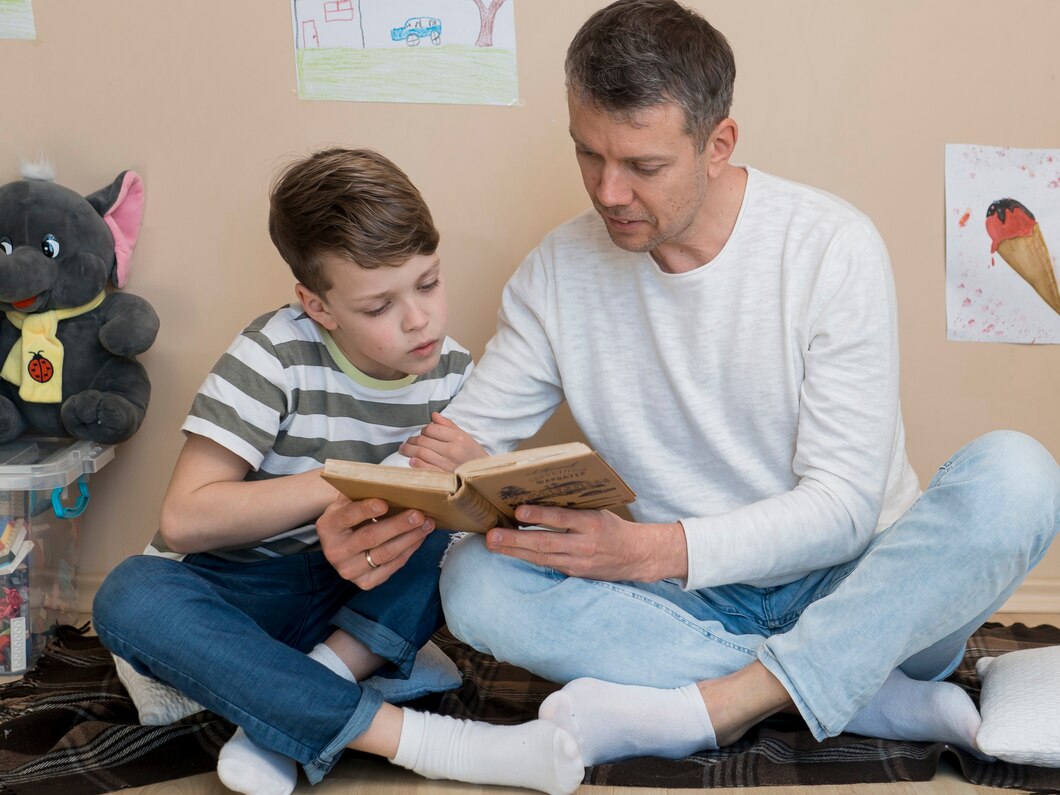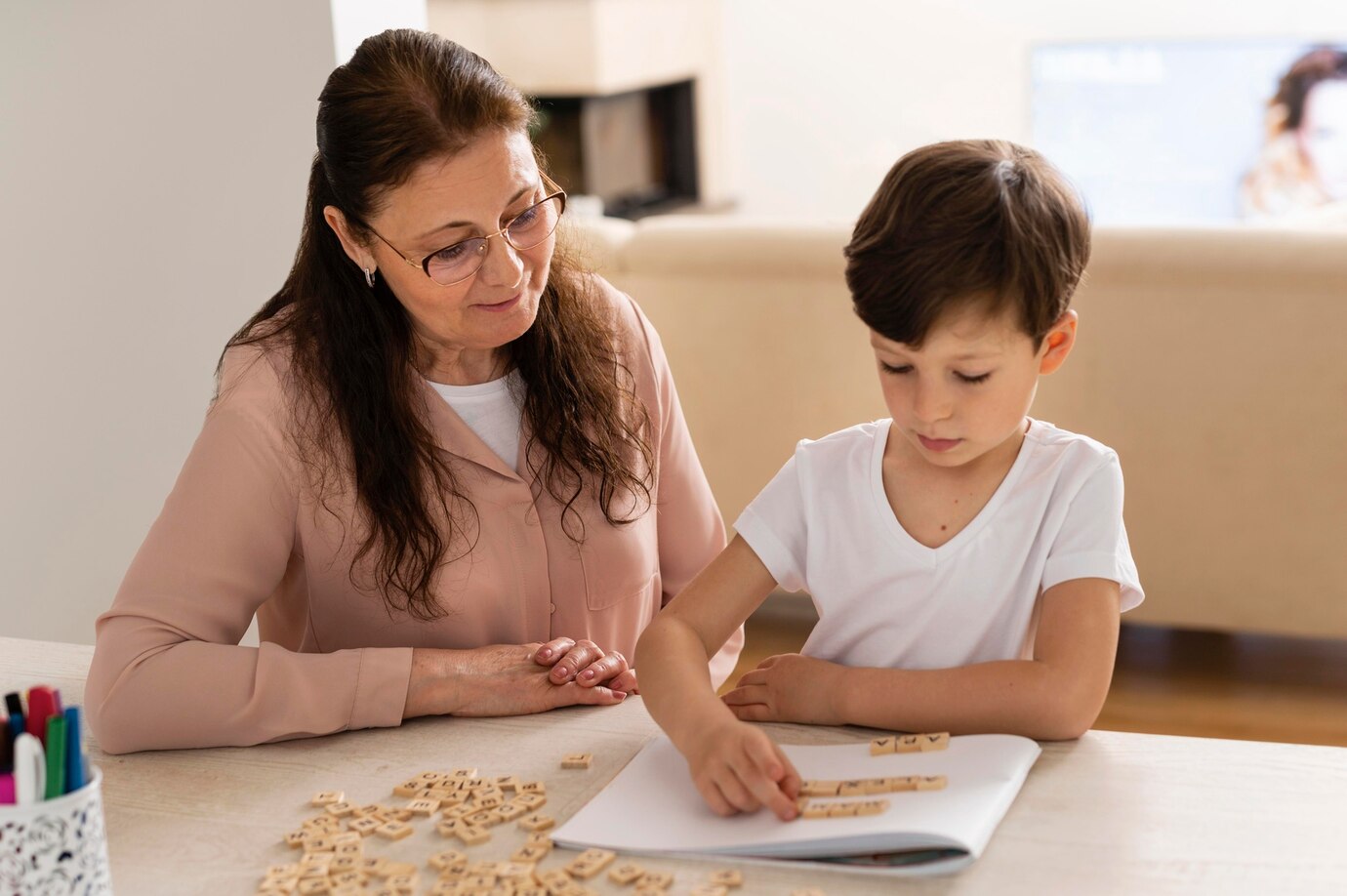
How to Set Healthy Boundaries with Kids
In the realm of parenting, the concept of setting boundaries often evokes a spectrum of emotions. Parents feel a mix of worry and resolve as they seek balance. They want to help their child be independent while also teaching discipline. Setting healthy boundaries isn’t just about rules. It’s about making a safe space for children to grow and thrive. This guide will cover the importance of boundaries. We’ll look at ways to set limits for children. You’ll also learn how to teach kids self-control while using discipline with love.
Key Benefits of Setting Healthy Boundaries

Setting boundaries is key in parenting. It benefits both kids and parents. It is essential to understand why this practice is so crucial in fostering a positive and harmonious household.
Emotional Security
Children thrive in environments where they feel secure. By setting clear boundaries, parents provide a sense of predictability and safety. This emotional security helps kids explore their world confidently. They know their caregivers are there to guide and protect them. Without clear boundaries, children may feel anxious and uncertain about their environment.
Development of Self-Control
One of the primary goals of setting boundaries is to teach children self-control. By understanding limits, children learn to manage their impulses and make thoughtful decisions. This skill is invaluable as it forms the foundation for responsible behaviour in adulthood. Self-control helps children regulate their emotions, handle frustration, and interact respectfully with others.
Building Respectful Relationships
Boundaries teach children to respect others’ limits and personal space. This understanding builds empathy and respect. These are key for healthy relationships in life. When children understand that their actions affect others, they become more mindful of their behaviour.
Promoting Independence
While boundaries provide structure, they also encourage independence. Kids learn to stay within boundaries. They make choices and see what happens next. This autonomy is crucial for their development into self-sufficient individuals. Healthy boundaries help kids own their actions. They also know their parents are there for support.
Step-by-Step Guide to Setting Healthy Boundaries

Establishing effective boundaries requires a thoughtful approach that combines consistency, communication, and compassion.
Here’s a simple guide to setting limits for kids while keeping a caring atmosphere.
- Be Clear: Explain the rules simply. Kids should know what is expected.
- Stay Consistent: Stick to the rules. This helps kids feel secure.
- Use Positive Language: Focus on what they can do, not just what they can’t.
- Offer Choices: Let them pick between options. This gives them some control.
- Be Patient: Change takes time. Encourage them as they learn.
- Show Love: Reinforce limits with affection. Let them know you care.
- Involve Kids: Discuss rules together. This makes them feel included.
- Adjust When Needed: Be flexible. Rules can change as kids grow.
Following these steps helps kids understand limits while feeling loved and supported.
Understand Your Child’s Needs
Know your child’s development and needs before setting boundaries. Each child is unique, and their capacity to comprehend and adhere to rules varies. Tailor your approach to suit their age and temperament. Toddlers need simple rules. Older kids benefit from detailed explanations and discussions.
Communicate Clearly
Effective communication is the cornerstone of setting boundaries. Use simple, age-appropriate language to explain the rules and expectations. Help your child see why each boundary exists. This builds cooperation instead of just following rules. Instead of saying, “Because I said so,” explain the reasoning behind a rule, such as, “We hold hands in the parking lot to stay safe from cars.”
Be Consistent
Consistency is key to successful boundary setting. Children thrive on routine and predictability. Make sure the rules are followed. Everyone should know the consequences of breaking them, and these should be applied fairly. Inconsistent enforcement can confuse children and lead to testing of limits.
Involve Your Child
Involving your child in the process of setting boundaries can be empowering. Encourage them to share their thoughts and feelings. Also, consider their input when setting rules. This collaborative approach fosters a sense of ownership and responsibility. For example, when setting bedtime rules, allow your child to choose a bedtime routine that works for them.
Lead by Example
Children learn by observing their parents’ behaviour. Model the behaviour you wish to see in your child. Showing self-control, respect, and empathy in your interactions sets a strong example for them. If you want your child to practice patience, show patience in your daily interactions with them and others.
Use Positive Reinforcement
Positive reinforcement is a powerful tool in encouraging desired behaviour. Praise your child when they follow boundaries. This helps them feel good about their choices and encourages them to keep making positive ones. For example, “I love how you put away your toys without being asked! That shows great responsibility.”
Be Flexible
While consistency is crucial, it is also important to remain flexible. As children grow and develop, their needs and capabilities change. Be willing to adjust boundaries to accommodate their evolving understanding and independence. For instance, as a child matures, they may earn more privileges by demonstrating responsibility.
Additional Expert Tips & Common Mistakes to Avoid
There are also extra strategies and common mistakes to watch for when setting boundaries with kids.
Avoid Power Struggles
Power struggles often arise when children resist boundaries. Instead of engaging in a battle of wills, remain calm and assertive. Reiterate the rules and consequences, and offer choices within the boundaries to give your child a sense of control. For example, instead of demanding, “Put on your shoes now!” say, “Would you like to wear the red shoes or the blue ones?”
Address Misconceptions
A common misconception is that setting boundaries is synonymous with being authoritarian. In reality, boundaries can be established with love and empathy. Emphasise the importance of the rules and the care behind them, rather than focusing solely on obedience. Boundaries are meant to guide, not control.
Recognise Individual Differences
Every child is different, and what works for one may not work for another. Be attuned to your child’s unique personality and adapt your approach accordingly. This personalised strategy enhances the effectiveness of boundary setting. Some children need firmer limits, while others respond well to gentle guidance.
Advanced Insights & Expert Recommendations
For parents who want to improve their boundary-setting skills, here are some helpful tips and expert advice.
Encourage Emotional Expression
Encouraging children to express their emotions is vital for their emotional development. Foster a space where they can share their feelings freely. Acknowledge their emotions and guide them to behave appropriately. Acknowledge their frustrations and help them find solutions, such as, “I see you’re upset. Do you want to talk about it or take a break?”
Foster Problem-Solving Skills
Teach children to solve problems independently by guiding them through the process. Encourage them to think carefully about situations. They should also consider the results of their actions. This skill empowers them to make informed decisions within the boundaries. Ask guiding questions like, “What do you think would happen if you didn’t clean up your toys?”
Seek Professional Guidance
If you encounter challenges in setting boundaries, do not hesitate to seek professional guidance. Parenting coaches and child psychologists provide helpful tips and strategies for your family. Parenting is a learning process, and seeking help is a sign of strength, not failure.
Building a Strong Foundation with Healthy Boundaries

Setting healthy boundaries with kids is a journey. It takes patience, consistency, and love. A structured environment helps kids build self-control, respect, and independence. As you embark on this journey, remember to communicate openly, involve your child in the process, and lead by example.
Reflect on the boundaries you have set and consider areas for improvement. Are there rules that need adjustment? Are you modelling the behaviour you wish to see in your child? Take the chance to grow with your child. Build a caring and respectful bond.
Ultimately, the goal is to equip your child with the skills and confidence to navigate the world independently. Setting boundaries with love and empathy builds a strong foundation. This leads to positive behaviour and meaningful connections in life.
What boundaries have you found most effective in your parenting journey? Share your experiences and insights in the comments below. Let’s keep talking and help each other raise confident, respectful, and independent kids.